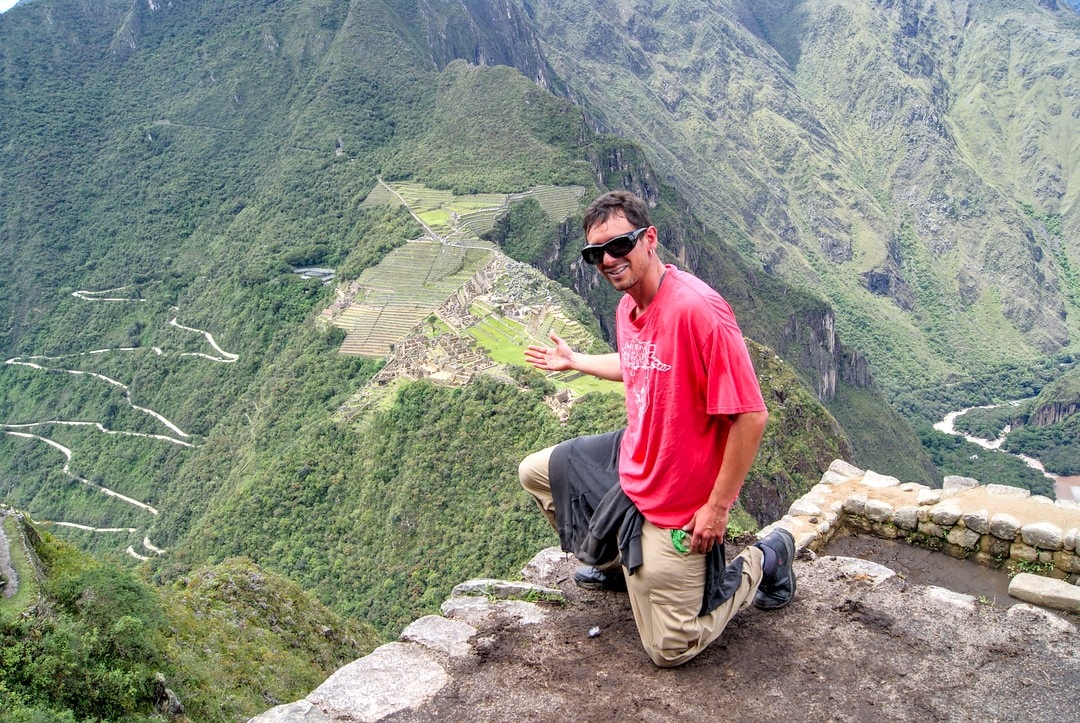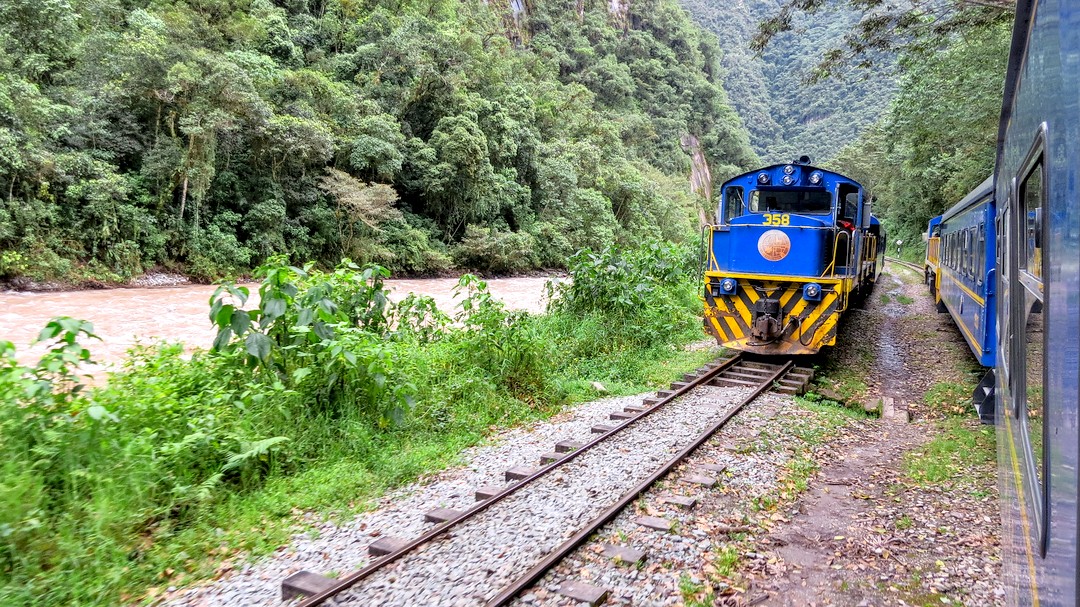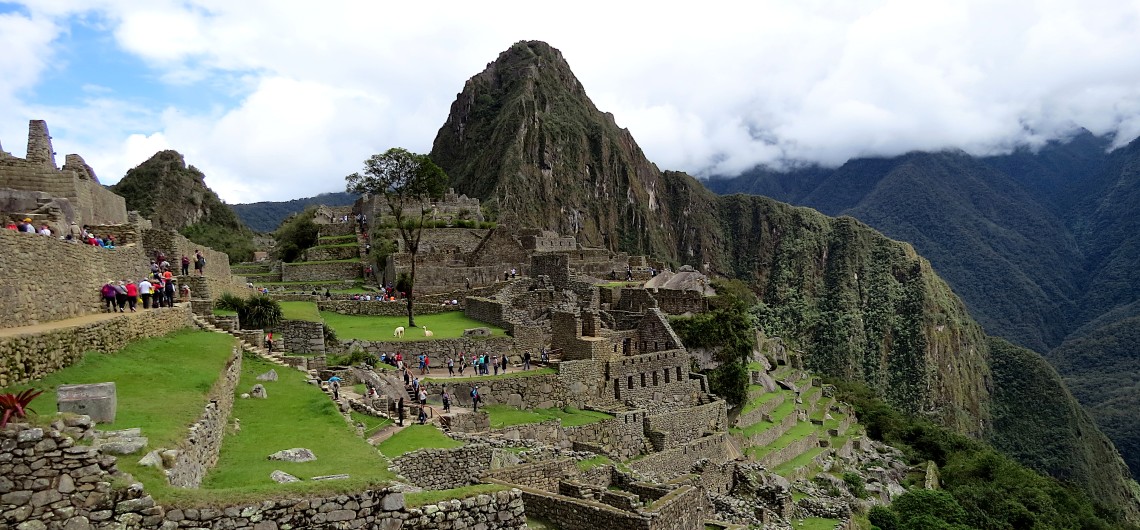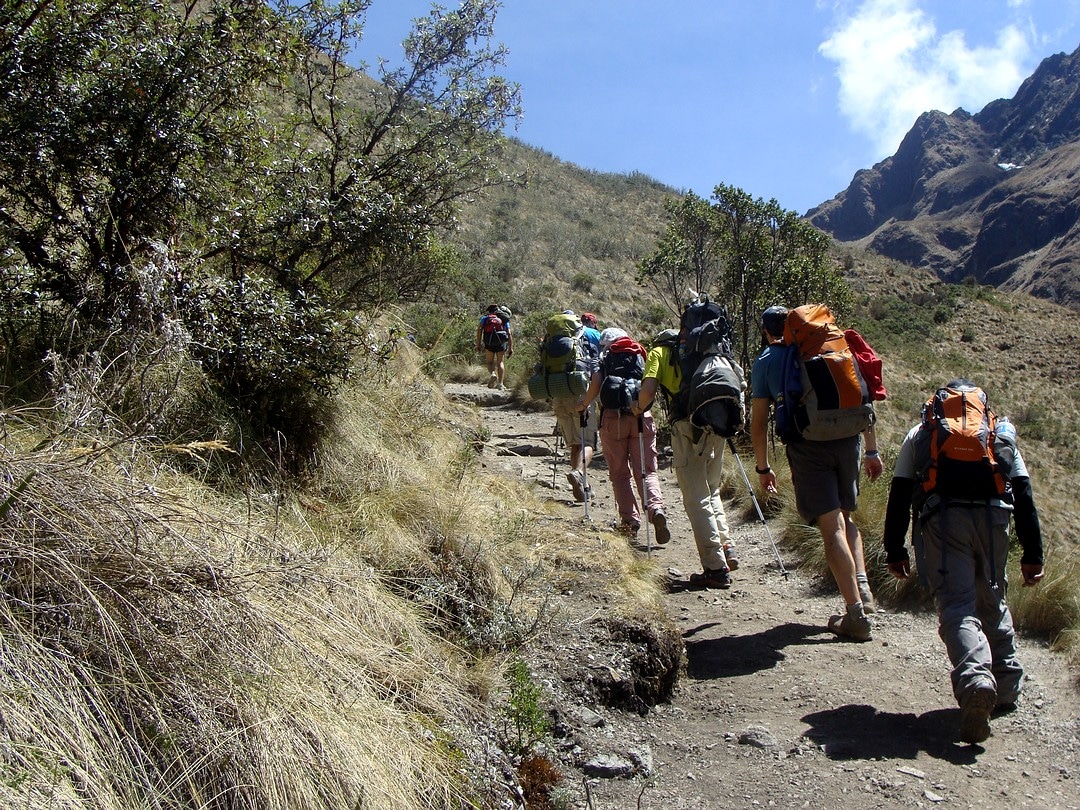Table of Contents
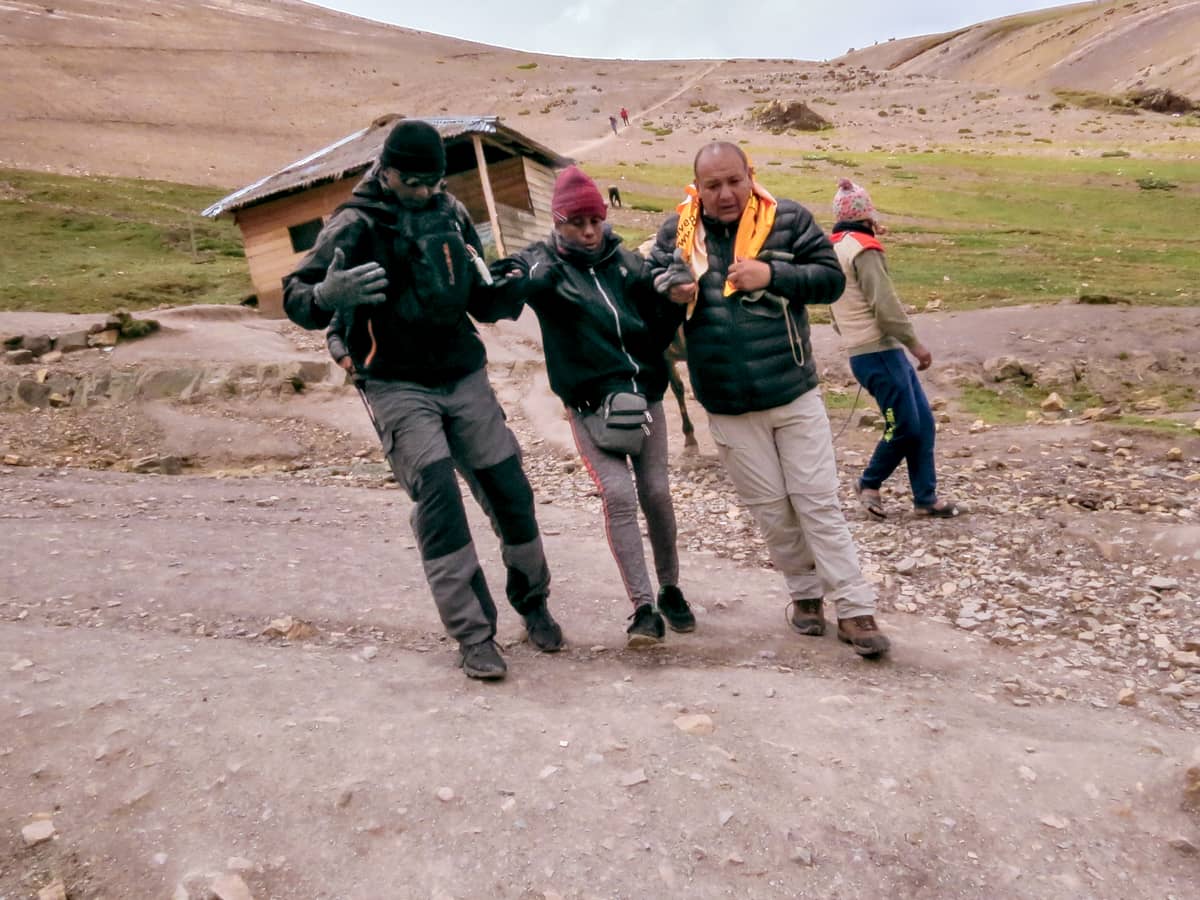
It’s only a 33km walk but do not be lulled into a false sense of security you pass three peaks on the trail, the highest is 4200m Warmiwanusca (Dead Woman’s Pass), Machu Picchu Altitude itself is 2400m above sea level. The traditional trail has steep ascents and descents, but nothing that isn’t accessible for a reasonably active person. The High Inca Trail is suitable for trekkers and people who do a lot of outdoor pursuits.
We do recommend improving your overall fitness before the trip to enhance your enjoyment. This means concentrating on aerobic exercises – ones which increase your heart rate. Walks, runs, rowing machines, anything which will raise your heart beat to 60-70% of your max is making your body fitter.
You can determine your max by taking your age off 220 and then determine what 60-70% of this is from there. You can then measure your pulse by placing your fingers onto your major arteries such as your neck or wrist or buying a pulse monitor (£10-£30)
Machu Picchu Altitude Sickness
As previously mentioned the highest point on the trek is Dead Woman’s Pass (4,200m). Our walks are planned to give your body time to acclimatise and have regular food and drink stops. We can not guarantee you will not feel the affects; it affects everyone in different ways, but most people trek the four days feeling no serious affects from the altitude. To help avoid discomfort drink regularly, we suggest buying coca tea before the trek and drinking it en route. Never just take aspirin to fight off headaches though, this could mask the symptoms of altitude sickness and stop diagnosis by your Group Leader.
Get High…Feel Fine!
How To Beat Altitude Sickness
No Hurling. You can prevent or diminish altitude sickness -which typically occurs above 8000 feet- if you follow this advice:
Rest Up. Get at least two 8 hours nights of sleep, and make sure you are well hydrated before you start; you can also acclimatize by spending 3 days at high altitude.
Don’t race, climb slower than your normal walking pace. If you need to rest after ascending only 20 yards, your are flirting with exhaustion and need to dial it back.
Dig Deeper. When your legs turn to stone or you feel nauseous, we suggest presure Breathing: ‘Take a deep breath, then force air out through pursed lips like you’re blowing out a candle. Do this 3 to 4 times a minute; vigorous respiration pushes more oxygen from the lungs into the bloodstream.
Hit The Bottle. Some studies show that the herbal remedy COCA tea (inca leaf tea) helps increase red blood cells (drink it a lot)
Some drugs that contain acetazolamide (such a Diamox) can prevent or alliviate some forms of altitude sickness but be aware if side effects such as numbness and frequent urination. See a doctor for prescription and dosage information.
Treat early Altitude sickness typically starts with nausea, lethargy, headache, irritability. and/or loss of appetite.We suggest immediate action: slow your pace, hydrate, practice presure breathing – or just take a rest. If your condition doesn’t improve, there’s one simple, surefire solution-descend.


